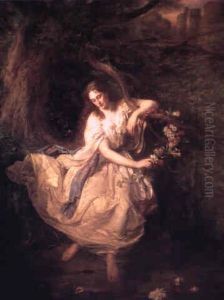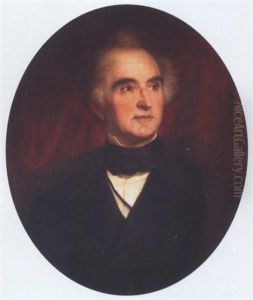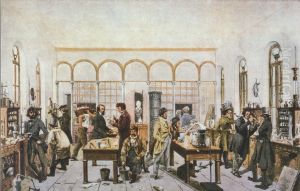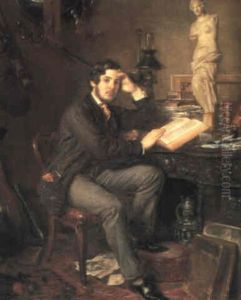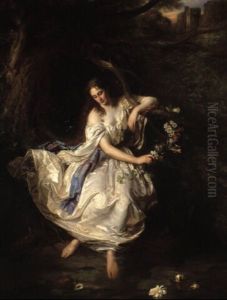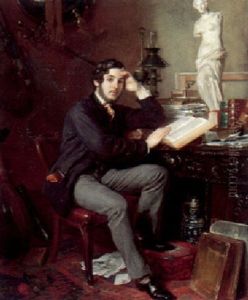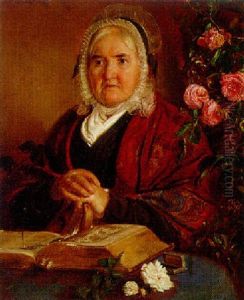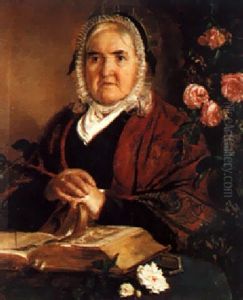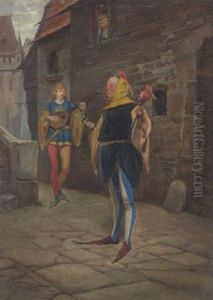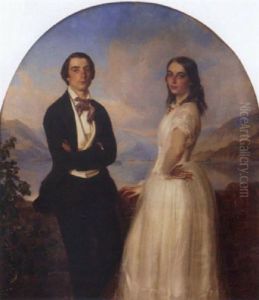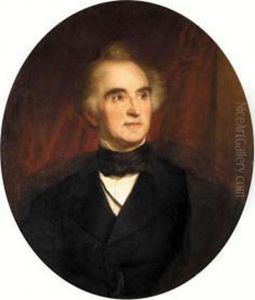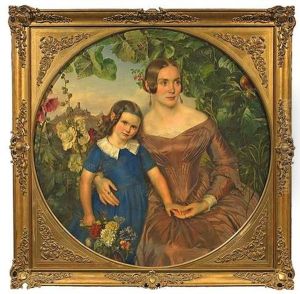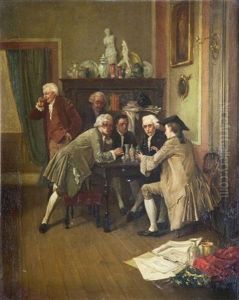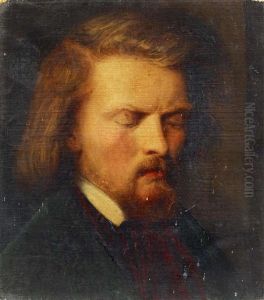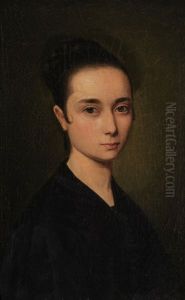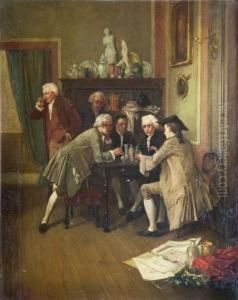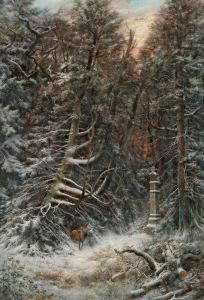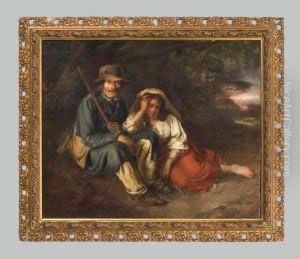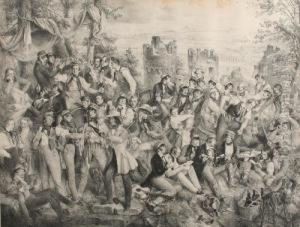Wilhelm Carl F. Trautschold Paintings
Wilhelm Carl Friedrich Trautschold was a German artist born on November 25, 1815, in Mannheim, Germany. He is primarily known for his contributions as a painter and etcher. Trautschold initially studied at the Academy of Fine Arts, Munich, where he was trained under the tutelage of influential artists of the time. After his education, he spent a significant period in Rome, which was a hub for artists and intellectuals during the 19th century. This experience in Italy was quite formative for Trautschold, as it allowed him to absorb the rich artistic heritage of the Renaissance and the burgeoning Romantic movement.
Trautschold's work was characterized by its romantic sensibilities, with a focus on historical and mythological themes, which were popular among audiences of the time. He was also known to have a keen interest in landscape painting, capturing the essence of the European countryside with a particular focus on the interplay of light and shadow. His style was influenced by the Nazarenes, a group of early 19th-century German Romantic painters who aimed to revive honesty and spirituality in Christian art.
Returning to Germany, Trautschold continued to develop his style and exhibit his works. He became part of the Düsseldorf school of painting, which was known for its detailed and elaborate history paintings and the promotion of the naturalistic landscape. Through the mid-19th century, Trautschold's reputation as a painter grew, and he was involved in various art circles and exhibitions.
Despite his successful career as a painter, there is not an abundance of information on Trautschold's personal life or his broader impact on the art world. This could be due to several reasons, including the overshadowing presence of more prominent artists of the time and the evolving tastes in art that shifted focus away from the Romantic style he was associated with.
Wilhelm Carl Friedrich Trautschold passed away on December 6, 1877, in Munich, Germany. Although he may not be as well-known today as some of his contemporaries, his work remains a testament to the Romantic spirit of the 19th century and provides valuable insight into the artistic movements and cultural influences of his time.
